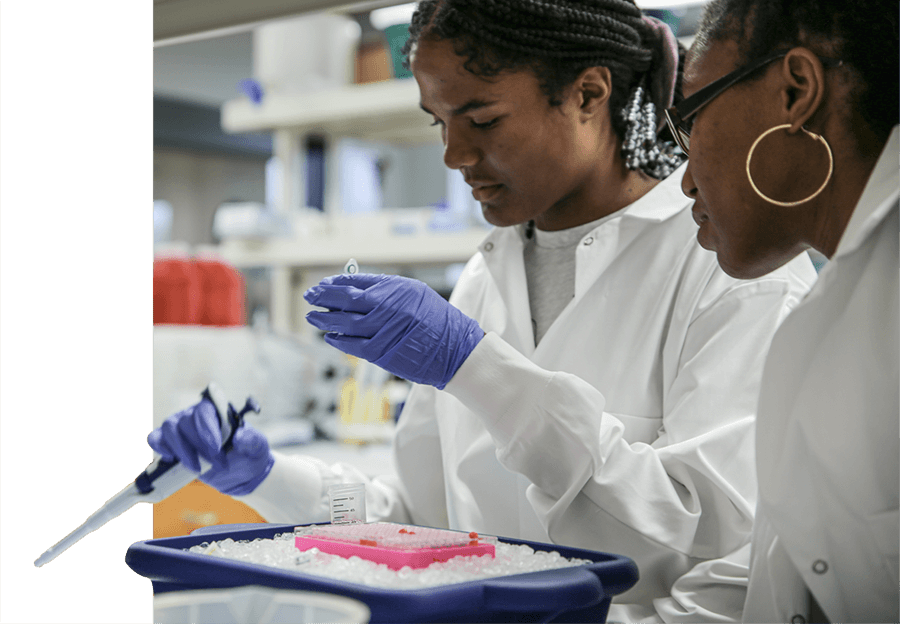A science fiction enthusiast, Mark Hurley thought he had found the mother ship when he heard the sound resonating from the woods surrounding his Butts County home. He was disappointed to find the sound was actually the song of thousands of bugs.
The 13-year cicadas are crawling out of their hibernation across Georgia, just long enough to procreate. They will be active for the next six weeks. During that time they will have countless Georgians saying, “What is that sound?”
Hurley finally saw a live one. “I came home one day and found them lying on the driveway,” he said. “The birds were having a feast.”
Plant eaters
Cicadas are flying, plant-sucking insects. Adult cicadas grow as long as two inches and have prominent wide-set eyes, short antennae and clear wings held roof-like over their abdomen.
Annual cicadas, known for making the distinct summertime sound, are green with black eyes. Periodical cicada adults have vibrant red eyes and orange veined wings.
Periodical cicada species are synchronized; almost all of them mature into adults in the same year.
Loud singers
They are best known for their strange, piercing song, which the males make using special structures called tymbals found on the abdomen.
“These cicadas are pretty unusual. It is very unique to live underground for 13 years and then all emerge together, mate, lay eggs and repeat the cycle,” said Nancy Hinkle, an entomologist with the University of Georgia College of Agricultural and Environmental Sciences.
If you see periodical cicadas in the coming weeks, take a good look. Remember, you won’t have the chance to see another one until 2024.
Collect and mail them
If you do see them, the Georgia Natural History Museum would like to know. It is accepting 13-year cicada specimens from residents across the state.
To participate, collect at least six adult cicadas. “If the cicadas are not already dead, place them in the freezer overnight to kill them compassionately,” Hinkle said.
Wrap each one individually in tissue or cloth and place all of them in a mailing tube or box with additional padding. Include a note with your name, the town and county where they were collected and the date of collection.
Ship the cicada sample to the Georgia Natural History Museum, University of Georgia, Dr. Cecil Smith, 178 Natural History Building, Athens, Ga., 30602.





.png)


